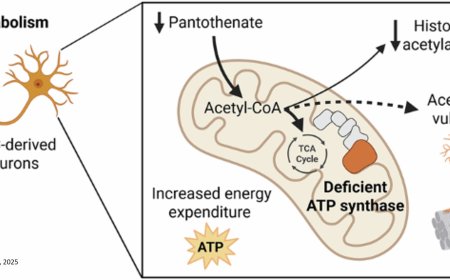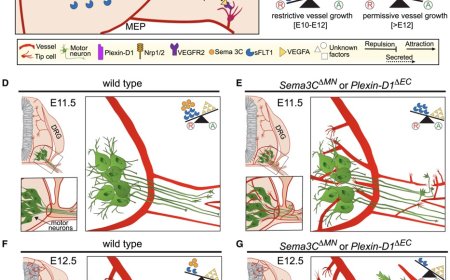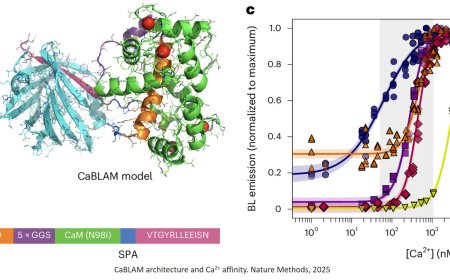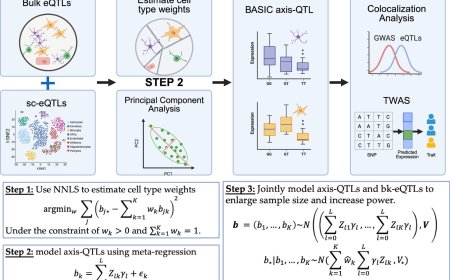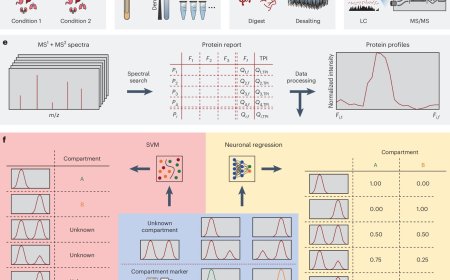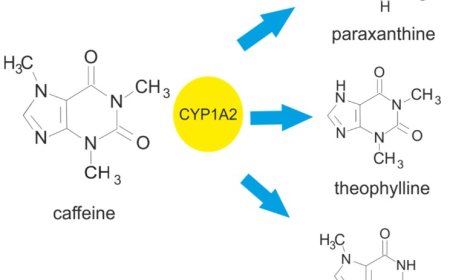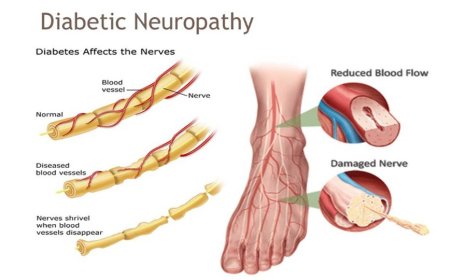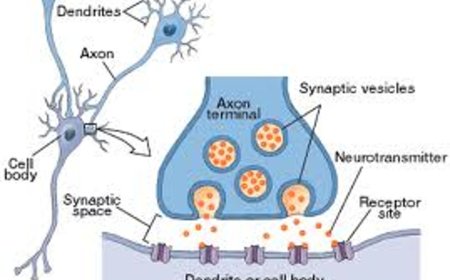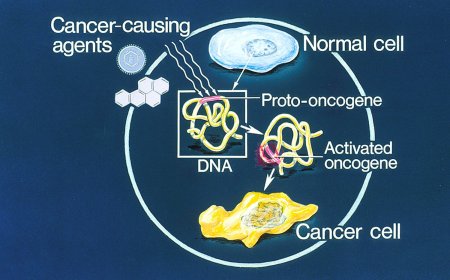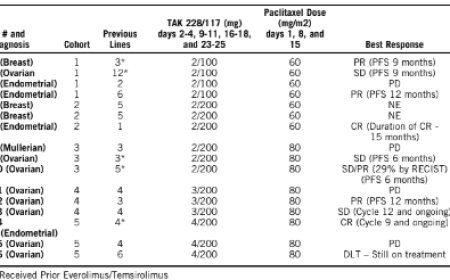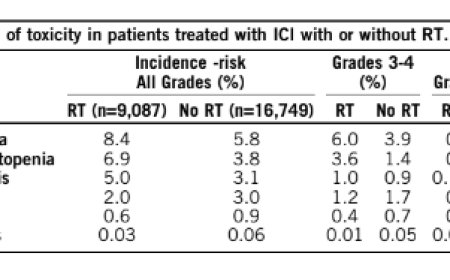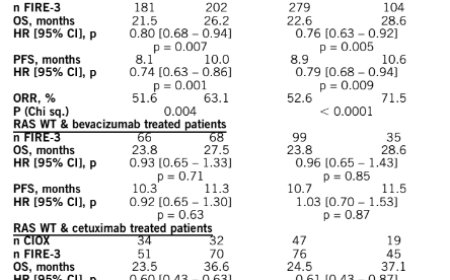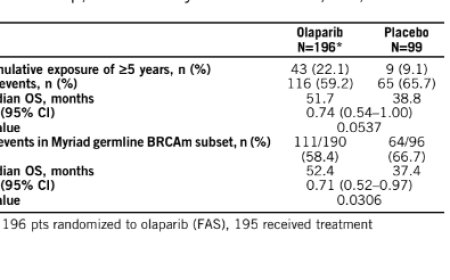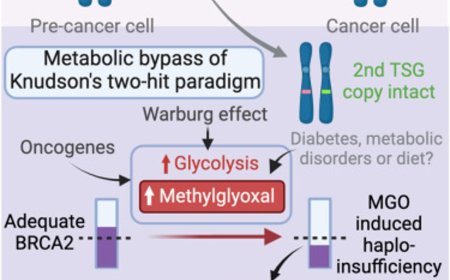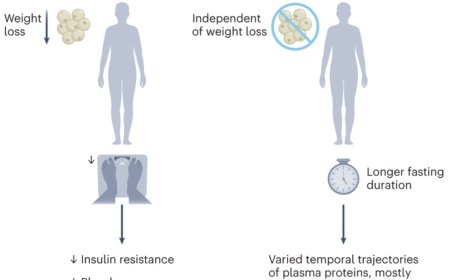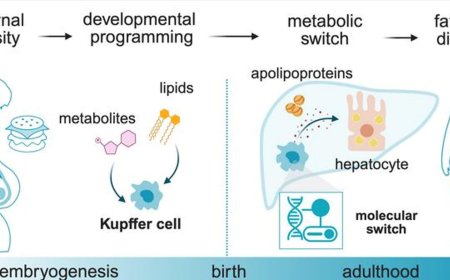Key mechanism for appetite and weight control
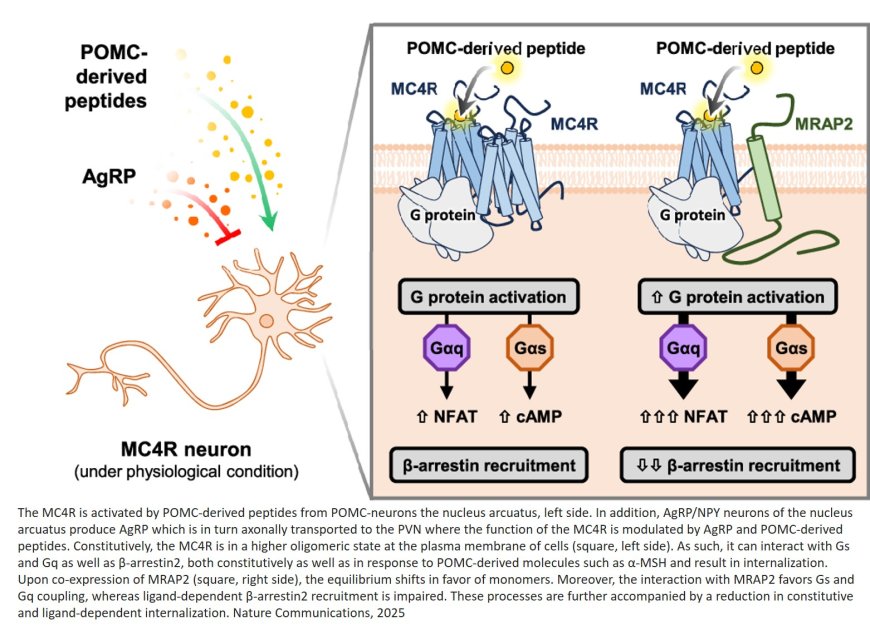
MC4R is an important receptor activated by the peptide hormone MSH. Mutations in MC4R are among the most common genetic causes of severe obesity.
“The knowledge of the 3D structures of the active receptor in interaction with ligands and drugs such as setmelanotide, which we were able to decipher in an earlier study, has enabled us to better understand the new functional data,” says a co-author of the study. Setmelanotide, an approved drug, activates this receptor and specifically reduces feelings of hunger.
Using modern fluorescence microscopy and single-cell imaging, the team demonstrated that the melanocortin-receptor accessory protein 2 (MRAP2) fundamentally alters the localization and behavior of the brain receptor MC4R within cells. Fluorescent biosensors and confocal imaging showed that MRAP2 is essential for transporting MC4R to the cell surface, where it can transmit appetite-suppressing signals more effectively.
The authors show that co-expression of MRAP2 has multiple effects on the melanocortin-4 receptor: it enhances G protein-mediated signaling and simultaneously impairs β-arrestin2 recruitment and, consequently, internalization. In addition, co-expression of MRAP2 leads to an increased number of monomers of melanocortin-4 receptor by disrupting receptor oligomers.
A structural homology model of the active state melanocortin-4 receptor – melanocortin-receptor accessory protein 2 – Gαs complex suggests interaction sites that are relevant for receptor activation.
By uncovering this new level of regulation, the study points to therapeutic strategies that mimic or modulate MRAP2 and hold the potential to combat obesity and related metabolic disorders.
